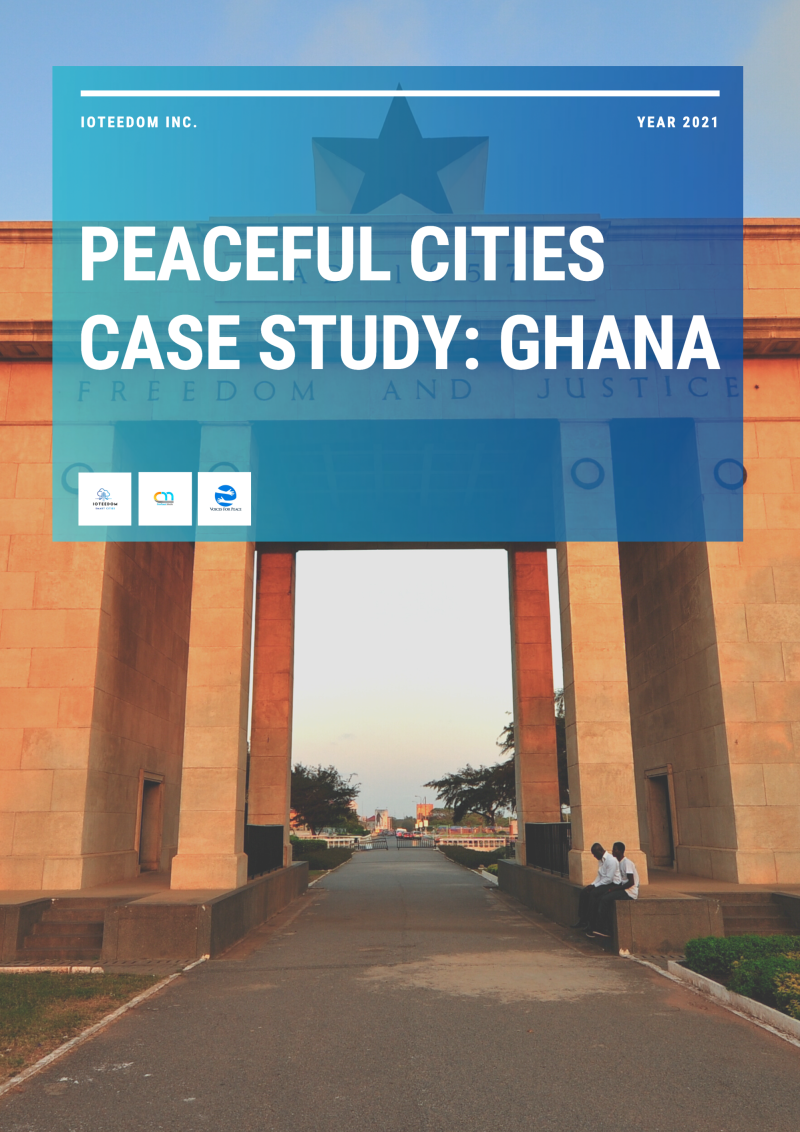Response To COVID-19: IHR Measurement At Scale In Cities
The last month has really hit home for many of us, literally.
Many of us forced to work remotely and distance ourselves from society.

As we stay in our homes, turn on the news and scroll through our newsfeeds, we are inundated with the widespread of the COVID-19 commonly known as the Corona Virus on a global scale. Many of us are searching on Google to understand questions such as, “How did the virus originate?†“What are the current numbers of spread?†“What are the death rates?†“Is there a cure?†“What are the symptoms?†If you are not already expressing symptoms, the inundation of these streams is alone enough to give psychosomatic symptoms. How did we find ourselves here and what is the outlook for the future?
We have been doing our research, too, at IoTeedom. We want to understand the true impact and social implication this disease has had to our social well-being and economy. When we say economy, this is not the traditional sense as we know there have been many lay-offs, many workers not getting paid and many the inability to go to work. However, we want to understand how we can help share technology and data to help the economy recover and restructure faster. We must be more innovative and quicker in our responses. Particularly with the response and action to a mass spread of disease, an epidemic, moving forward. Many international leaders feared the short-run fall of the economy and held off 10 days or more without acknowledging the credibility of the threat. Our global population does not have 10 days to spare. All countries, with the start in China, reacted too late. There must be a much lower threshold considered of a highly infectious disease measurement in the International Health Regulations framework for a more adaptive response by city and municipality as well as international residents in contact with people or in these locations.
Within the last 10 days of isolation and quarantine in the top countries facing a threat, the disease has spread exponentially. We must understand the correlation social impact and sustainable development has on the long-run functionality of our economy. If we do not come out of this current status with different infrastructure, policy and measurement, we will continue to expect the different results with the same economic downturns we saw in 2008 and now in 2020. The economy is not built for homeostasis, currently. We cannot continue to have the traditional GDP and capitalist mindset.
It’s impossible in the current state and will take another 10 years of recovery. In 10 years, we will miss the UN 2030 SDG objective.
We must speed up the process scaling with social impact and quality for all our global citizens. Let technology and data lead the way for positive, ethical impact in our societies.We are no longer equipped to turn a blind eye.


